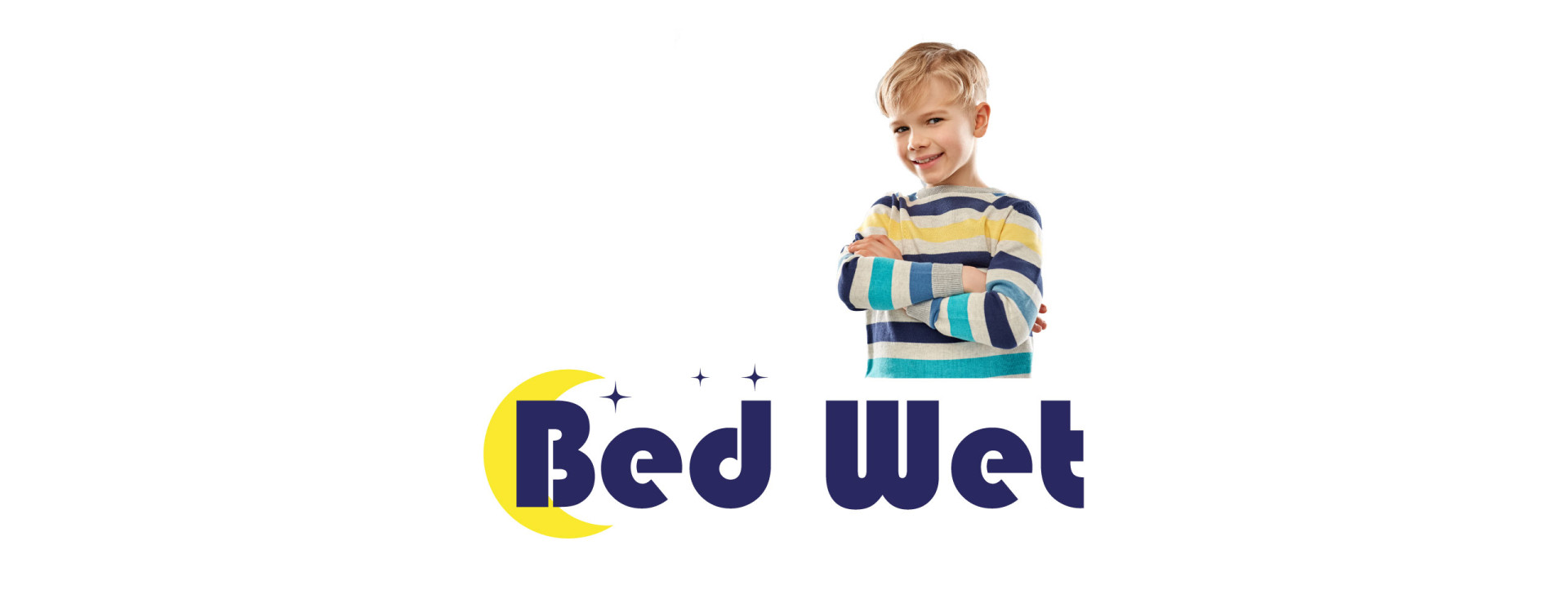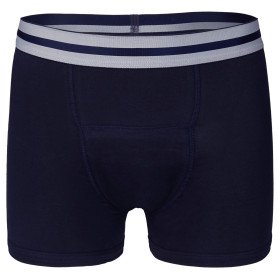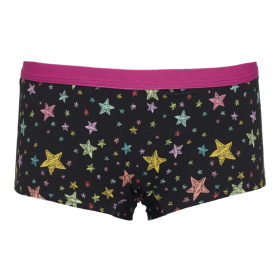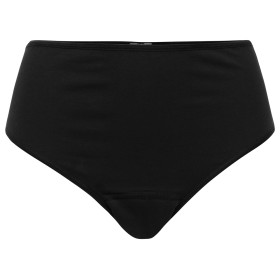Treatments for urinary incontinence vary according to the type of incontinence.
What are the treatments for urinary incontinence?
Treatments for urinary incontinence involve re-education of the perineum and bladder muscles, as well as behavioural techniques to help the patient manage the urge to urinate. Sometimes, the doctor prescribes medication applied locally, orally or by injection. In women, if the muscles of the perineum are too relaxed, a polymer strip can be placed through the vagina and the skin of the abdomen during surgery under local anaesthetic or epidural.
Treatments for stress incontinence linked to the menopause
Perineosphincter re-education
Perineosphincter rehabilitation (of the perineum and bladder muscles) is recommended for stress and mixed incontinence. It is sometimes useful in urge incontinence following the use of so-called "anticholinergic" drugs (see Treatments for urge incontinence). The use of several techniques (manual, biofeedback, electrostimulation) appears to be more effective than just one. The benefits can only be appreciated after 15 to 20 sessions.
In the case of stress urinary incontinence, the patient should practise self-education between re-education sessions.
Local applications of oestrogens
In the case of stress incontinence linked to the menopause, it is possible to introduce a treatment to correct estrogen deficiencies. Applied topically, oestrogens play a role in improving pressure in the urethra, pelvic muscle strength and bladder relaxation during the filling phase.
Compared with oral administration, the local route has the advantage of being just as effective without causing any side effects. Prescribed for two months, this treatment must be combined with rehabilitation.
Suburethral slings
If the muscles of the perineum are too relaxed, a polymer strip can be placed through the vagina and the skin of the abdomen during a half-hour surgical procedure under local anaesthetic or epidural (TVT method). This procedure, which must be carried out by a surgeon familiar with this technique, helps to support the urethral canal and ease urine retention.
Dextramonomer/hyaluronic acid implant injections
These injections are carried out under local anaesthetic. Like strips, these semi-absorbable implants help to support the urethral canal and facilitate urine retention. The risk of transient urine retention requires monitoring for a few hours after the injection.
Treatments for urge incontinence
Behavioural therapies
Behavioural therapies aim to teach sufferers of urge incontinence to better control their urge to urinate. They involve programming urination (the act of passing urine) throughout the day and learning how to react when the urge arises. These therapies encourage awareness of the timing and frequency of urination, to combat certain anxious or phobic behaviours that aggravate the consequences of incontinence.
Anticholinergic" drugs
These drugs contain a substance that reduces the sensitivity and hyperactivity of the bladder. They may be prescribed immediately or after the failure of behavioural treatment or re-education. No anticholinergic drug appears to be superior to behavioural therapy, but a combination of behavioural therapy and anticholinergics may be beneficial.
The effects of the various anticholinergic drugs on symptoms are similar and modest. Maximum efficacy is achieved after 5 to 8 weeks of treatment. It is therefore recommended that treatment should not be interrupted earlier if it is well tolerated.
Their side effects are more frequent in the elderly: dry mouth, constipation, facial redness, urine retention, blurred vision, headaches, confusion, anxiety, etc.
In some cases of urge incontinence, a non-anticholinergic antispasmodic drug, flavoxate (URISPAS), may be prescribed.















Latest comments